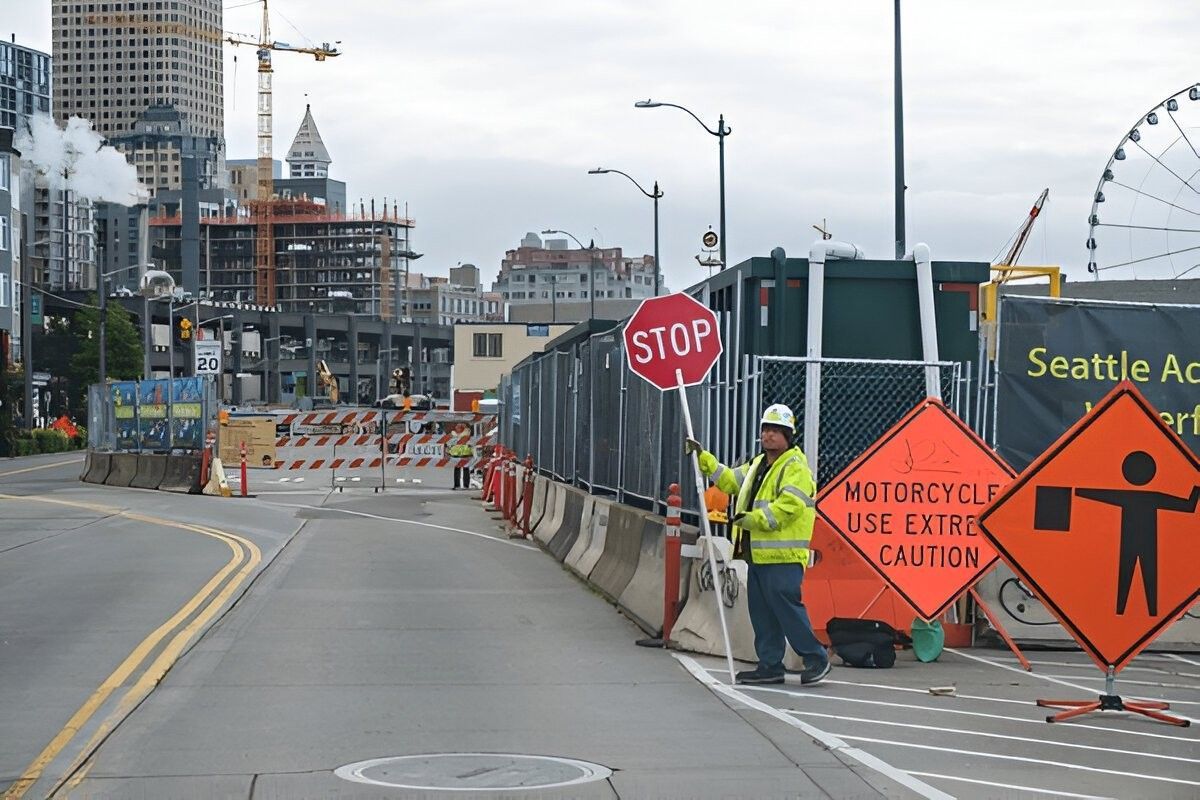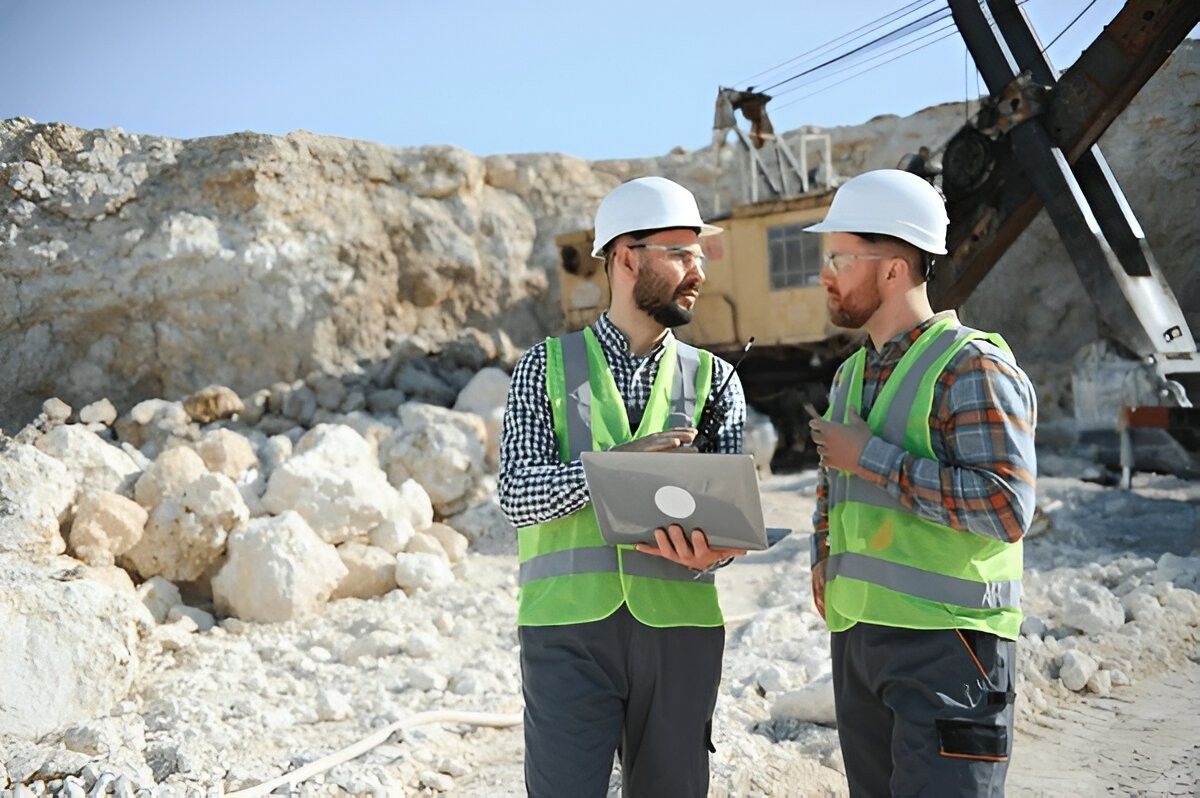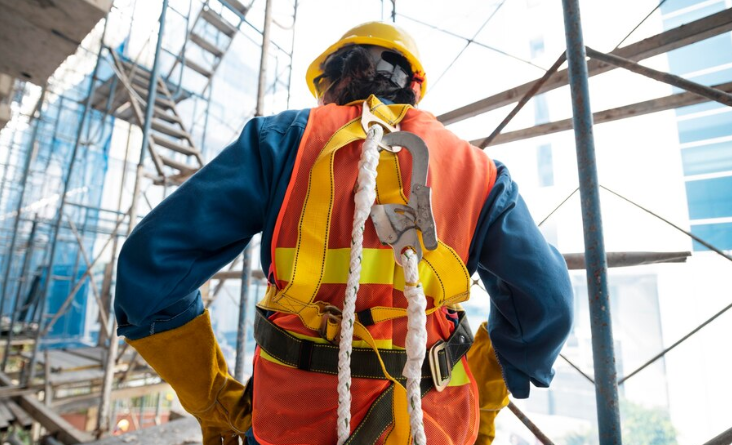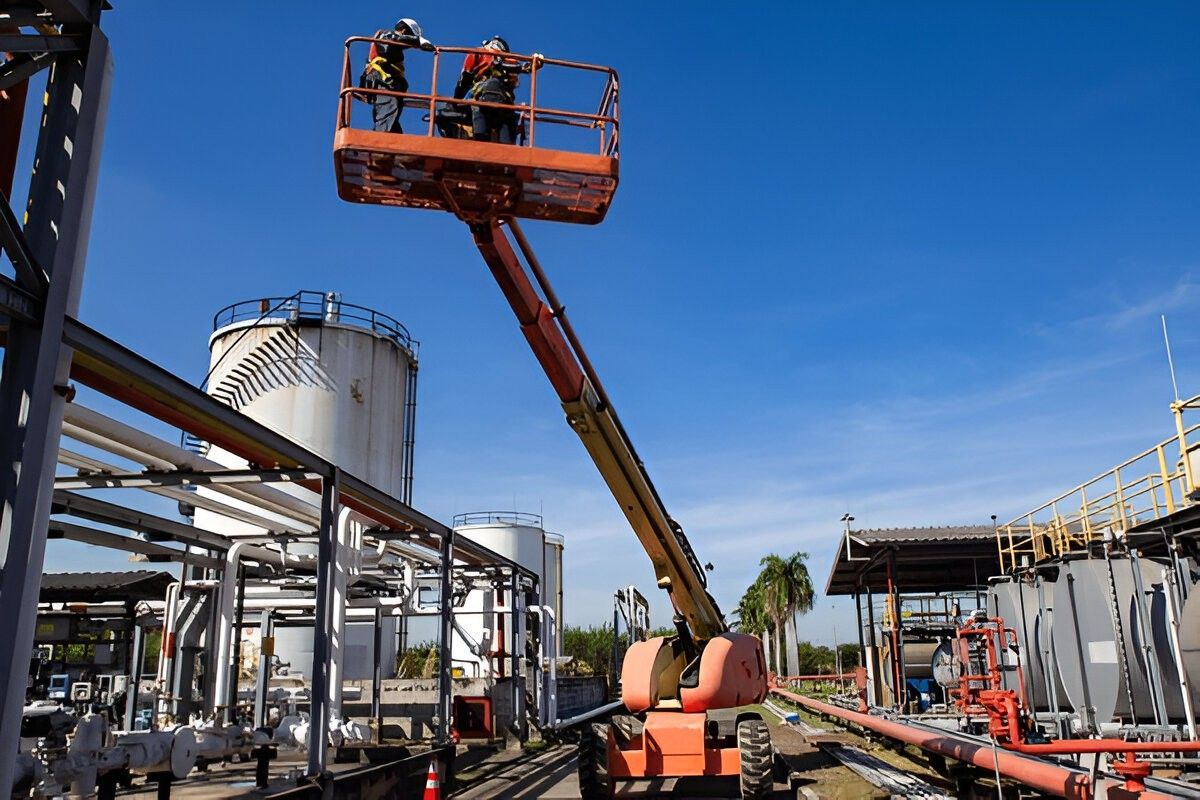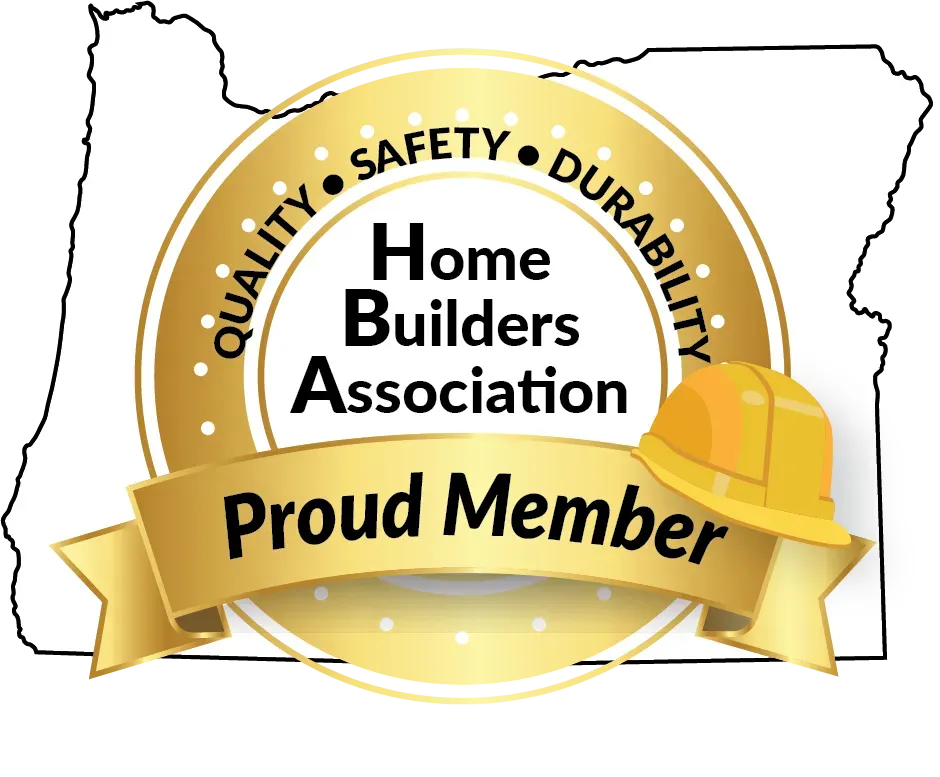How Asbestos Awareness Training Reinforces Industry Best Practices?
Asbestos is a material that has been used for decades due to its durability and resistance to heat. However, asbestos exposure can lead to serious health problems, such as lung diseases, asbestosis, and mesothelioma. Due to these risks, regulatory bodies like OSHA and the EPA have put strict guidelines in place to ensure workplace safety. When is asbestos awareness training required? This question is crucial, as it dictates the safety protocols necessary for workers handling or potentially exposed to asbestos. Let’s explore how asbestos awareness training plays a key role in reinforcing industry best practices and safeguarding workers.
Understanding the Need for Asbestos Awareness Training
Asbestos awareness training is vital for employees who might encounter asbestos while working in construction, demolition, maintenance, or remodeling environments. It is particularly important for those who don’t perform asbestos removal but may come into contact with asbestos-containing materials (ACMs). The training helps employees identify potential risks, understand safety measures, and adhere to regulatory standards, which all work together to minimize the risk of exposure.
Meeting Legal Requirements and Workplace Safety Standards
For companies working with older buildings or construction sites, ensuring that workers are properly trained on asbestos safety is a legal obligation. OSHA’s regulations demand that all workers potentially exposed to asbestos receive asbestos awareness training. These guidelines are in place to protect employees from the dangers associated with asbestos exposure, ensuring that they are equipped to handle any situation safely. This training not only helps companies comply with regulatory standards but also reinforces a culture of safety within the workplace.
Key Components of Asbestos Awareness Training
Asbestos awareness training covers a range of essential topics to ensure that workers understand the potential hazards and how to avoid them. Key areas of the training include:
- Recognizing Asbestos: Employees learn to identify common asbestos-containing materials, such as insulation, flooring, and roofing materials.
- Health Risks: Workers are educated about the severe health hazards of asbestos exposure, including lung cancer and other respiratory diseases.
- Workplace Regulations: The training covers OSHA and EPA standards, outlining the legal requirements for handling asbestos safely.
- Protective Measures: Workers are trained on safe work practices to minimize the risk of exposure, including the use of personal protective equipment (PPE).
- Employer Responsibilities: Employers are responsible for providing adequate training and protective measures to safeguard their workers. This training ensures that both workers and employers understand their roles in maintaining a safe work environment.
Preventing Long-Term Health Issues
The significance of asbestos awareness training cannot be overstated. Long-term exposure to asbestos can result in life-threatening diseases, and protecting workers from these risks is crucial for their health. By equipping employees with the knowledge to identify asbestos risks and take the necessary precautions, the training significantly reduces the chances of exposure. This commitment to safety not only protects employees but also ensures that businesses are following industry best practices.
The Role of Asbestos Awareness Training in Industry Best Practices
Adopting best practices in the industry means focusing on safety, compliance, and health protection. Asbestos awareness training helps reinforce these principles by providing workers with the tools and knowledge they need to operate in environments that may contain asbestos. By making safety a priority, companies can prevent accidents, reduce health risks, and avoid costly legal issues. Furthermore, the ongoing implementation of proper safety protocols demonstrates a company’s commitment to the well-being of its employees.
Final Look:
Asbestos awareness training does more than meet legal requirements it builds a foundation of safety, accountability, and informed decision-making across job sites. By securing an asbestos awareness training certificate, workers gain the essential knowledge to recognize risks and follow safe practices, reducing potential exposure and long-term health issues. At KARM Safety Solutions, we deliver OSHA-compliant, easy-to-access online training that equips your team with the confidence and skills they need without disrupting operations. Our programs are tailored to meet industry expectations while reinforcing your company’s commitment to workplace safety.
